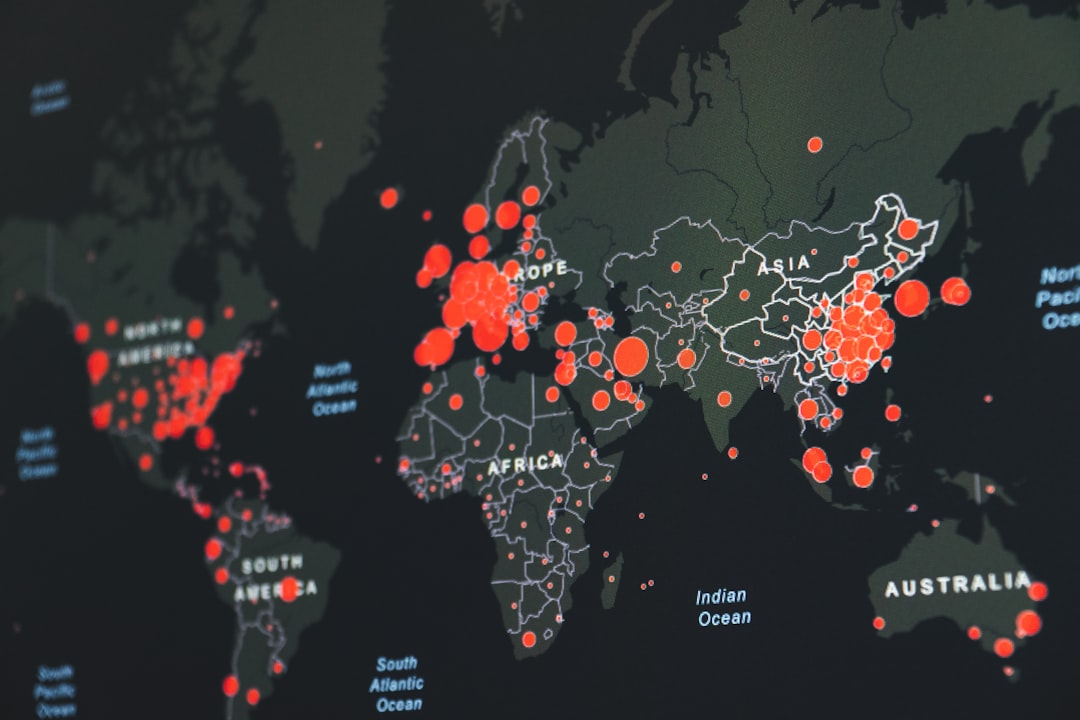What is it about?
A new, non-invasive and low-cost breast cancer screening technology is described, which analyses vibrations on the surface of the breast to find tumors which are much stiffer than surrounding tissue. Cancerous tissue is stiffer than healthy tissue and will result in variations in surface vibration, much like how soil and ground stiffness are reflected in building motion during earthquakes. One diagnostic method presented here results in similar accuracy to assymptomatic mammography but at a lower cost and with the added bonus of being non-invasive (X-ray free) and safe for women of all ages.
Featured Image

Photo by Rebekah Vos on Unsplash
Why is it important?
Drawbacks of mammography include controversial radiation exposure, poorer performance in women wth dense breast tissue (~43% of women), radiologist dependent success, and discomfort due to breast compression. This technology overcomes those barries, to provide a form of breast screening safe for women of all ages, involving no painful breast compression, and which is portable and easy to set up in rural clinics. The algorithms presented mean diagnosis could be completely automated with no requirement for interpretation of results. The overal impact of tihs technology is its ability to reach women of all ages and socio-economic means, increasing equity of access to care.
Perspectives
I hope this article shows people there are exciting alternative breast screening technologies emerging which are worth investment for the future. Breast screening using mammography has lowered mortality acssociated with breast cancer and a screening technology which can improve on current issues with mammography would provide affordable breast screening to more women, increasing breast screening participation and hopefully survival rates.
Jessica Fitzjohn
University of Canterbury
Read the Original
This page is a summary of: Modeling viscous damping in actuated breast tissue to provide diagnostic insight for breast cancer: A proof‐of‐concept analysis, Medical Physics, July 2021, Wiley,
DOI: 10.1002/mp.15054.
You can read the full text:
Resources
UC student develops more equitable, less painful breast cancer screening
Press release describing the technology
Student helps develop new method of screening for breast cancer
New Zealand press interview and video on the technology (www.stuff.co.nz)
Falling Walls Lab New Zealand 2021 - 3 min presentation on technology and equity for women in breast cancer screening
Viideo jumps to 3 minute presentation at 1:12:08 Presentation on impact of technology on equity for women in breast cancer screening
Contributors
The following have contributed to this page










